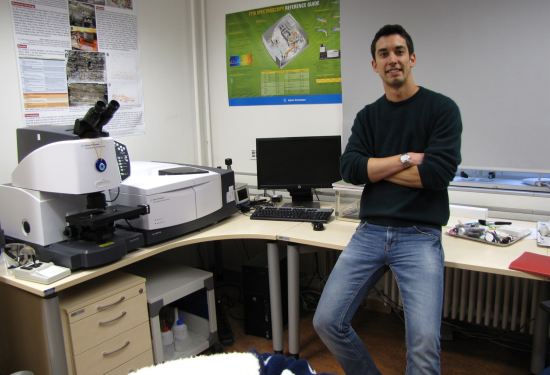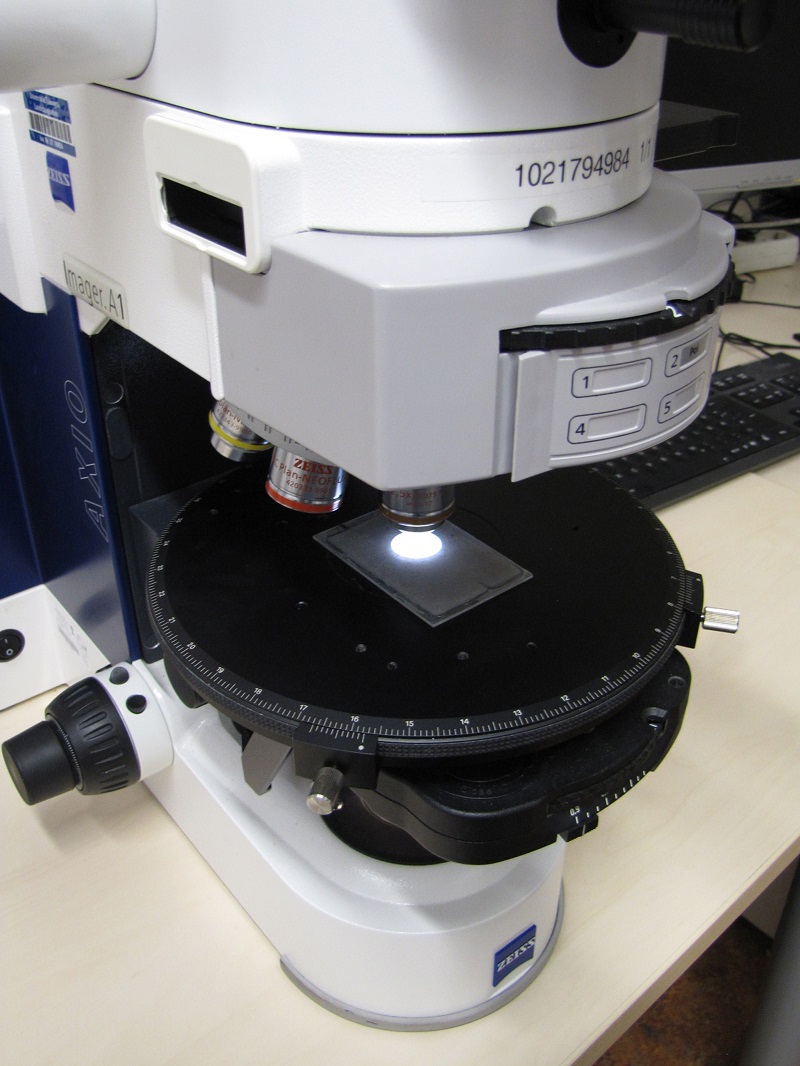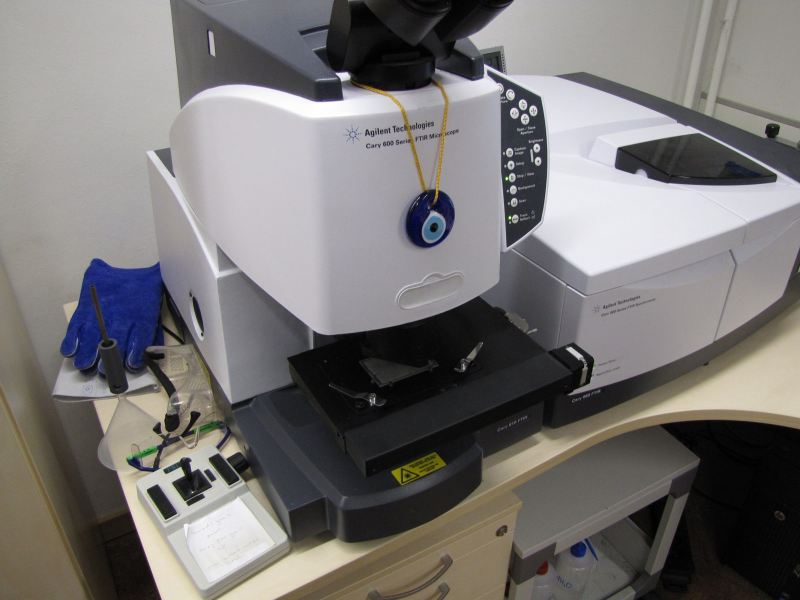


Michael Toffolo, Alexander von Humboldt Postdoctoral Fellow
Hometown: Pordenone, Italy
Affiliation: University of Tübingen, Institute for Archaeological Sciences
What are you working on?
My field of research is called Microarchaeology, which is the study of the microscopic archeological record - whatever cannot be seen by the naked eye. Therefore, I make extensive use of microscopes and spectrometers to identify tiny bits of past human activities hidden in sediments. With my current research project, sponsored by the Alexander von Humboldt Foundation, I am trying to obtain accurate ages for ancient ash and lime plaster using a method called radiocarbon dating.
Why is it interesting?
Radiocarbon dating is a well-established method that exploits the decay of a radioactive isotope of carbon, 14C. It is very useful for dating organic materials such as charcoal and bone collagen, commonly found at archaeological sites. Since the 1960s, many people have tried to obtain accurate radiocarbon dates also from inorganic materials produced by humans, like ash, lime plaster and mortar, but without success. The ability to date these materials would be a major breathrough in archaeology, for instance when dating historic buildings or byproducts of activities related to the use of fire.
How are you going to find out?
Previous research always focused on the main mineral component present in ash and lime plaster, which is calcite. However, this mineral turned out to be unreliable because it rarely preserves its original 14C signature. Therefore, I am working on another mineral, aragonite, which forms in ash and lime plaster and is supposed to be pristine. The main challenge is to isolate aragonite from all the other mineral phases in ash and lime plaster, in order to avoid contamination.
What motivates you?
Archaeology is probably the most difficult of all sciences. It deals with the laws of nature, which can be verified and replicated, but also with past human behavior, which is hard to interpret. This becomes especially apparent if one considers that whatever is found at an archaeological site is only a small portion of what was there originally. I love the challenge of reconstructing past human behavior by putting together small pieces of information, almost like at a crime scene, to understand where we came from as a species and where we are going.


